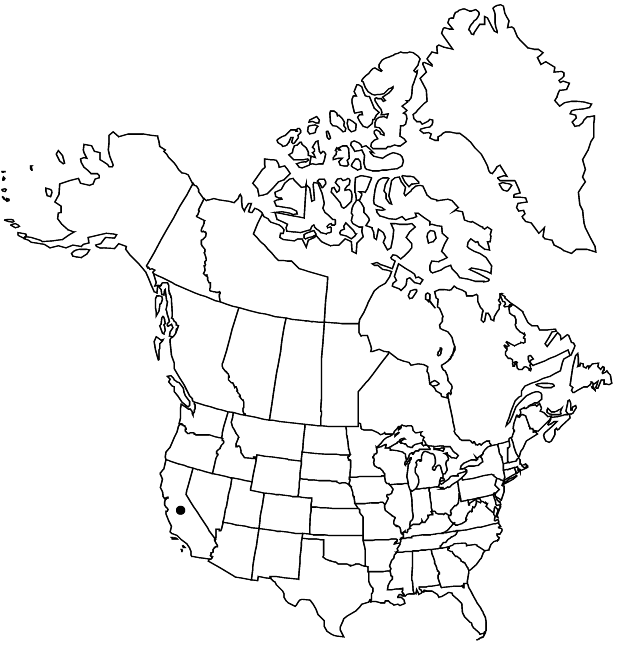Arctostaphylos montaraensis
Four Seasons 2(3): 8, figs. pp. 8, 10, 11. 1967 ,.
Shrubs, erect or mound-forming, 0.5–5 m; burl absent; twigs densely fine-hairy with long, gland-tipped hairs. Leaves: petiole to 2 mm; blade light green, dull, ovate, 2.5–4.5 × 1.5–2.5 cm, base auriculate-clasping, margins entire, plane, surfaces ± scabrous, sparsely glandular-puberulent. Inflorescences panicles, 4–6-branched; immature inflorescence pendent, (branches densely clustered, sessile), axis 1–1.5 cm, 1+ mm diam., densely fine-hairy with long, gland-tipped hairs; bracts not appressed, leaflike, lanceolate, 6–9 mm, apex acuminate, surfaces finely glandular-hairy. Pedicels 5–6 mm, finely glandular-hairy. Flowers: corolla white, urceolate; ovary finely glandular-hairy. Fruits depressed-globose, 6–7 mm diam., glandular-hairy, (± viscid). Stones distinct. 2n = 26.
Phenology: Flowering winter–early spring.
Habitat: Maritime chaparral
Elevation: 100-500 m
Distribution

Calif.
Discussion
Of conservation concern.
Arctostaphylos montaraensis grows mostly on granitic rocks at Montara Mountain and sandstones at San Bruno Mountain, northern San Mateo County.
Selected References
None.